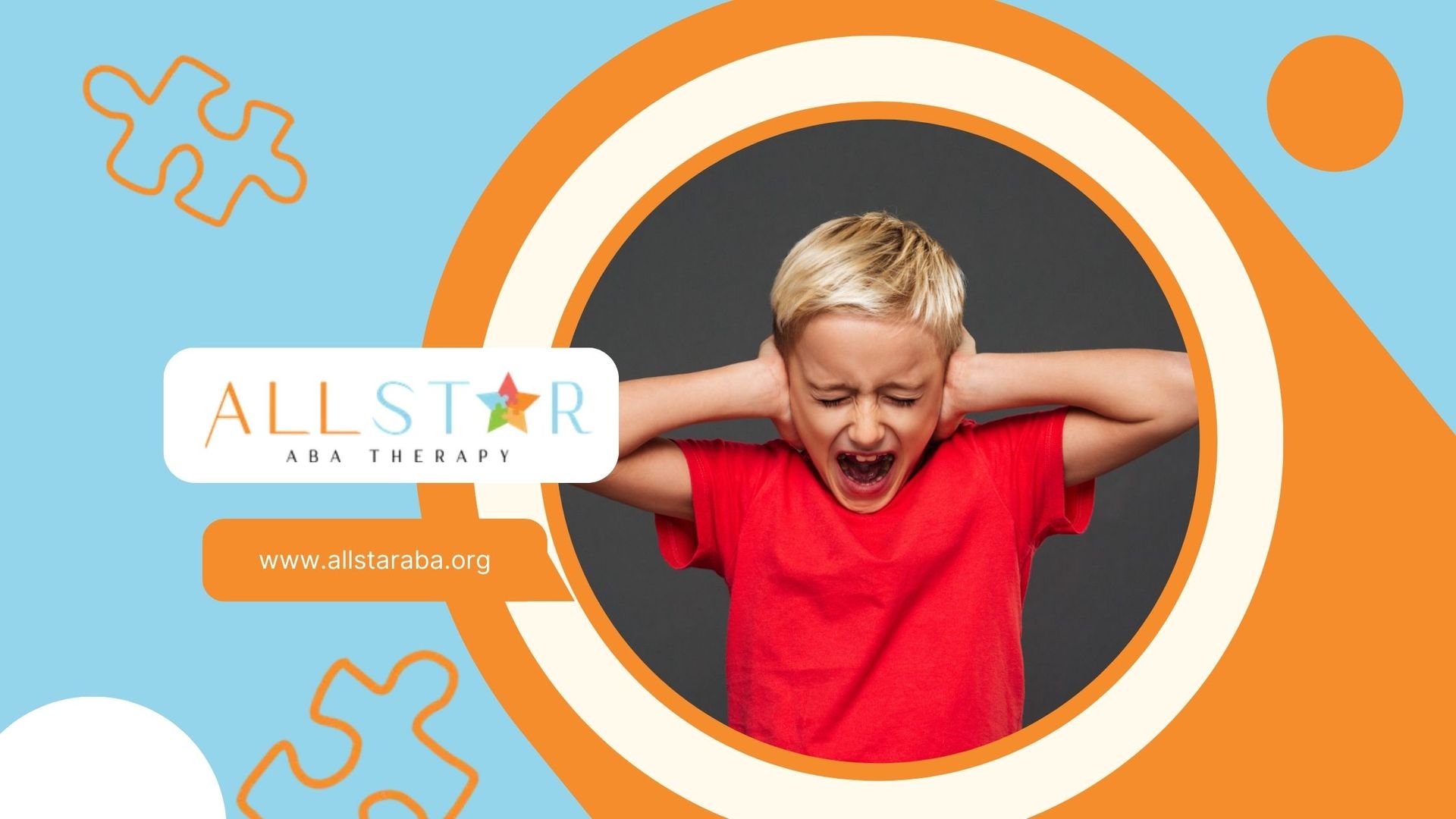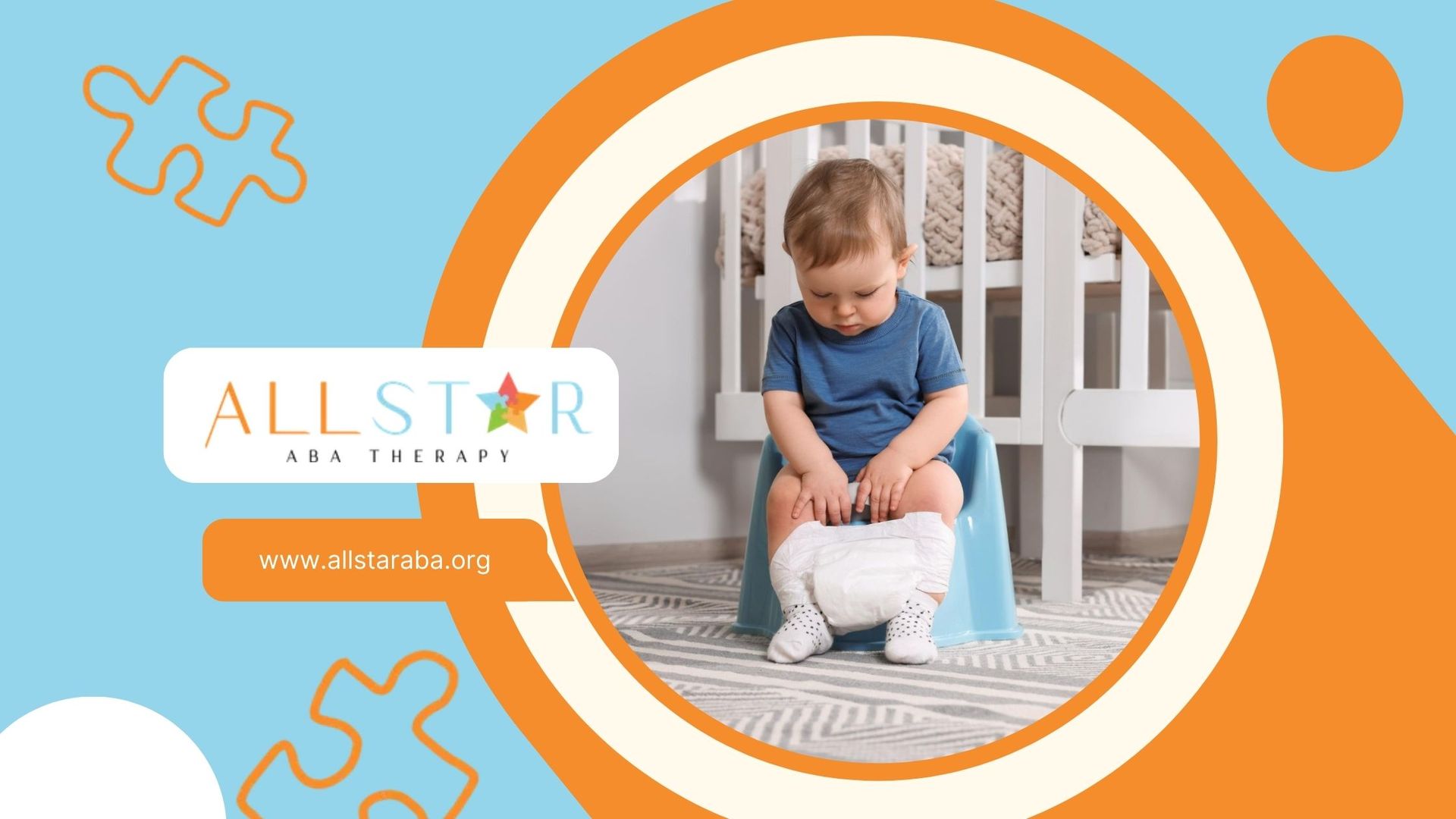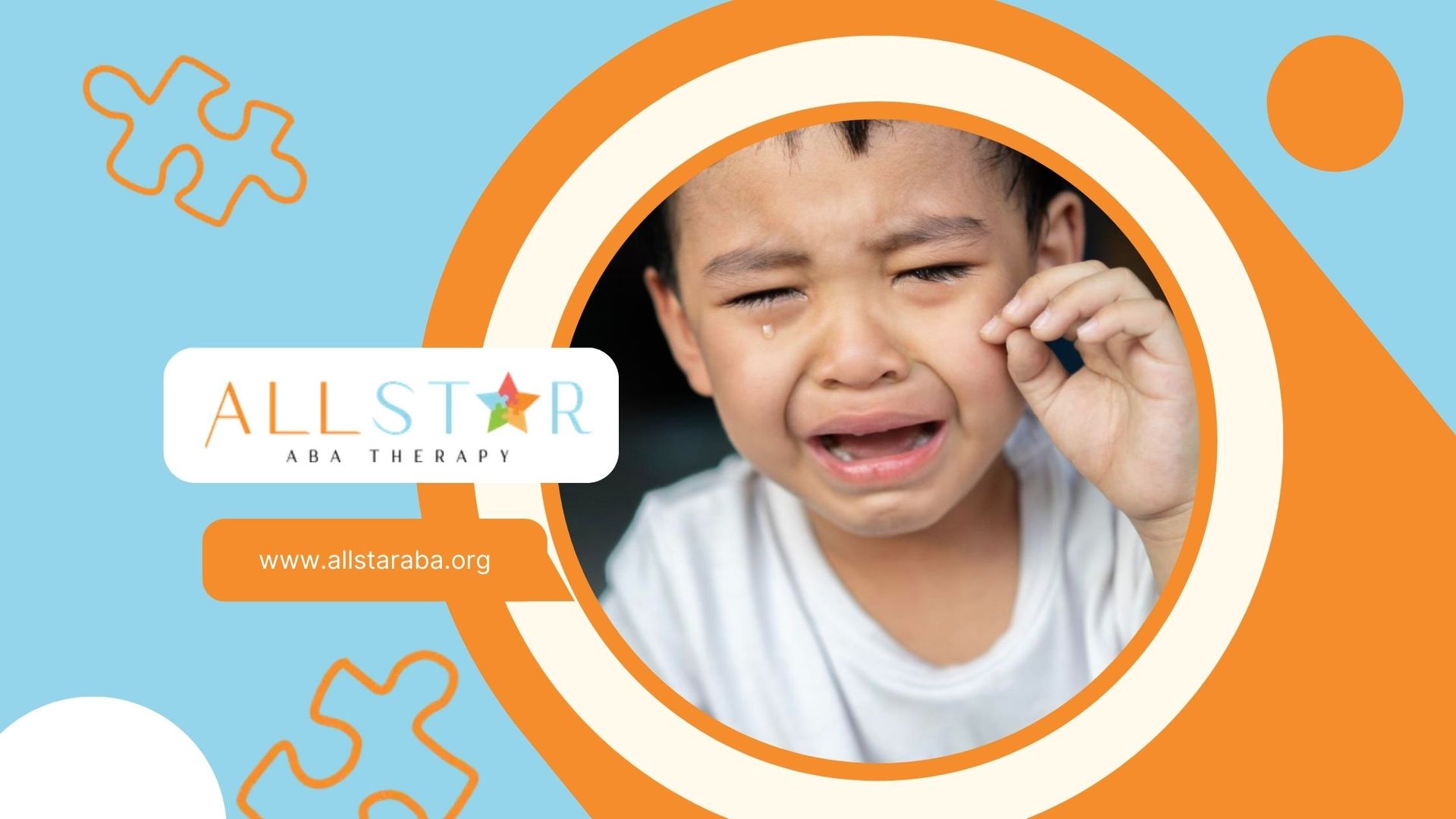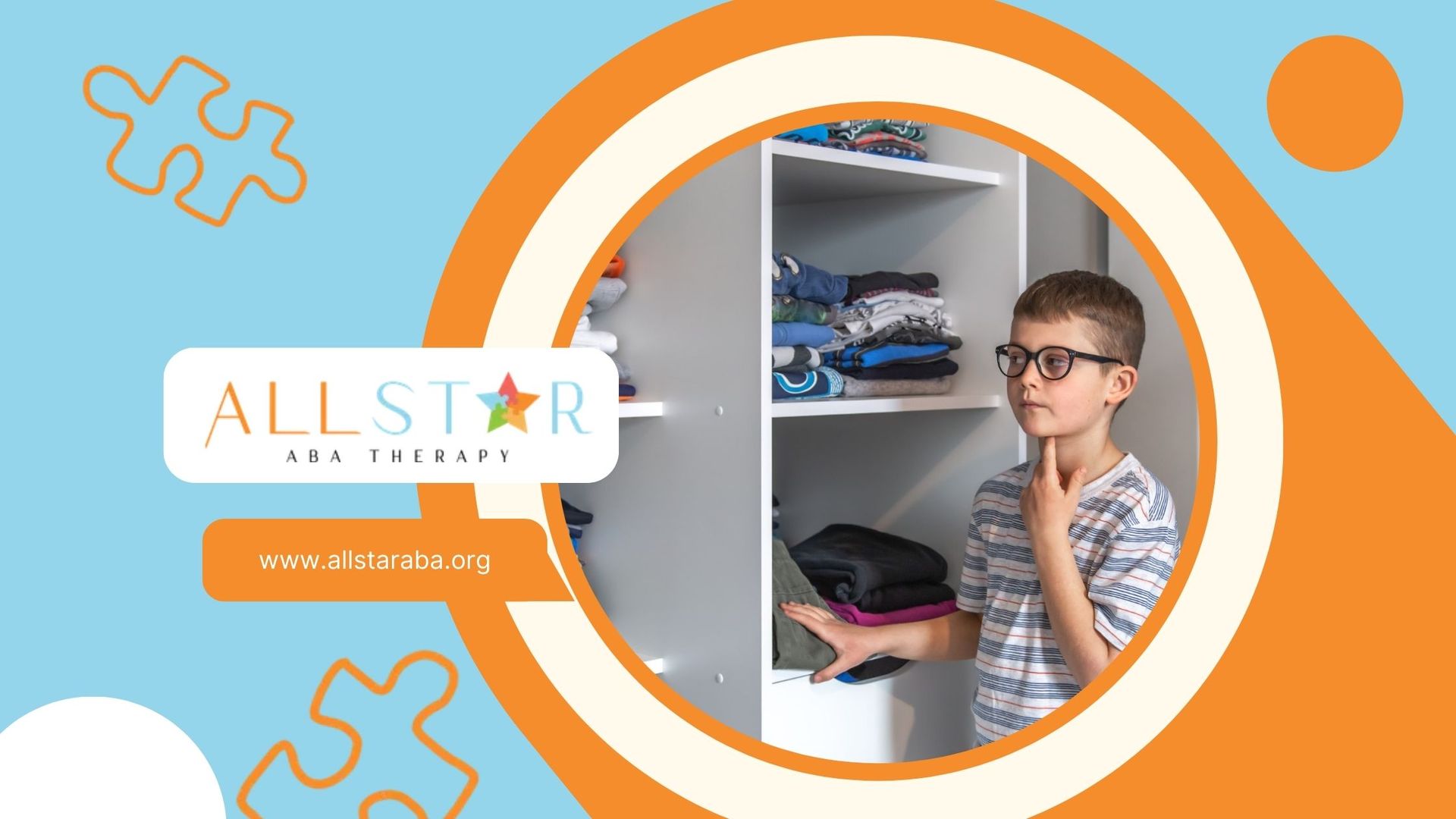New Paragraph
A Deep Dive into Sensory Integration within Occupational Therapy
Exploring ABA Therapy
Applied Behavior Analysis (ABA) therapy isn't just some fancy approach, it’s a tried-and-true method for improving behaviors, especially in kiddos with autism spectrum disorder (ASD). Here, we're getting into the nitty-gritty of how ABA works, why it matters, and how it can make a difference.
Principles and Techniques
ABA is all about watching what folks do and figuring out how to tweak those actions using good ol’ reinforcement and motivation. Here’s a quick peek at some techniques:
- Positive Reinforcement: Fancy term for handing out rewards when someone does something right. Could be a thumb's up, high-five or an extra cookie.
- Discrete Trial Training (DTT): Think of this like teaching kids to tie their shoes – one little step at a time until they can do it with their eyes closed.
- Natural Environment Training (NET): Unlike textbook learning, this one's about picking up skills in the real world – think playing in the park and learning to take turns.
ABA therapy is tailored to fit just right! It’s a team effort, roping in parents, therapists, and teachers to keep things consistent, no matter where the action happens.
| Technique | Description |
|---|---|
| Positive Reinforcement | Handing out rewards for good behavior. |
| Discrete Trial Training | Learning tasks bit by bit. |
| Natural Environment Training | Learning in real-world situations. |
If you're the kind who wants all the deets on these techniques, head over to our piece on ABA therapy techniques.
Effectiveness and Success Rates
Throw in some science and ABA shines bright! Research shows it helps sharpen skills, especially for kids on the autism spectrum. Kids see big changes in how they interact, chat, and even pick up those daily life skills.
Results? They’re like a mixed bag – they can differ from kid to kid and depend on how much you dive into it. Early birds definitely get the worm here, with comprehensive programs showing up to a 47% bump in behavior over time.
Here’s a snapshot of the magic numbers behind ABA therapy:
| Study Findings | Success Rate |
|---|---|
| Boost in social skills | Up to 47% |
| Drop in those not-so-great behaviors | Noticeable generally |
ABA therapy uses data to keep an eye on things, tweaking and adjusting as needed to keep progressing.
If money's on your mind, we've got you covered with a deep dive into ABA therapy costs.
And while ABA is pretty boss, don't overlook other methods – like melding in sensory stuff from occupational therapy – to make sure the whole package is right on target for what a kiddo might need.
Understanding Occupational Therapy
Occupational therapy (OT) is like a superhero's toolkit for improving life for kids and folks dealing with Autism Spectrum Disorder (ASD) and related conditions. These therapists use a bunch of fun methods to help clients handle their sensory experiences and daily tasks with ease.
Role of Occupational Therapists
Occupational therapists are the helpful hands that teach folks how to develop, bounce back, or keep hold of the daily skills that make living on your own a breeze. The AOTA Position Statement says they're all about giving a leg-up to kids and young peeps who show different sensory processing patterns and sensory integrative kerfuffles.
They get to know their clients' sensory quirks and put together plans that make life smoother. By tweaking how someone processes the stuff happening around them, occupational therapy pros help people feel comfortable with sensory stimuli, leading to big improvements in everyday participation. Want to dig deeper into what they do? Check out our page on the
role of occupational therapists.
| Key Responsibilities | Description |
|---|---|
| Evaluation of Sensory Needs | Checking out the sensory processing styles of individuals. |
| Developing Treatment Plans | Customizing approaches that boost daily life skills. |
| Providing Sensory Integration Therapy | Using methods that refine sensory processing skills. |
Sensory Integration Approaches
Sensory integration, rooted in Dr. A. Jean Ayres' theories, is all about figuring out how sensory input shapes behavior and everyday skills. Techniques here are grounded in real science, pulling from fields like neurosciences and physical development to make their magic work.
The Sensory Processing Scale (SPS) Assessment is a trusty tool in the OT world for spotting how someone modulates sensory input. Armed with this info, therapists can come up with plans to improve sensory integration.
In occupational therapy, it's a team effort as caregivers and therapists tackle sensory dysfunctions together. Trouble with the tactile system, for example, might make simple sensations like pain and touch feel all wrong, hence tangling up someone’s focus, organizing skills, and emotional responses. With this understanding, therapists can target their treatment efforts to set the central nervous system back on track, smoothing out the sensory bumps in the road.
ABA vs Occupational Therapy
Let's have a look at what sets apart Applied Behavior Analysis (ABA) from Occupational Therapy (OT) when working with kids who have autism spectrum disorder (ASD). While both programs work toward boosting the quality of life, they aim in different directions with distinct methods and targets.
Goals and Objectives
ABA is all about shaping up behavior patterns for the better. It's got the spotlight on positive actions, with plans to dial down the not-so-great ones through playbook-like strategies. The main gig? Helping kids pick up everyday skills that make life a bit easier, all wrapped up in a package that's about counting results.
Now, flip to Occupational Therapy—this one's aimed more at keeping kids busy in fun and constructive ways. Occupations, they call 'em, include playing, brushing teeth, or making friends. Here, the aim is to help kids go about their day as independently as possible. This therapy shines while working on sensations affecting daily life using sensory tricks
like this.
| Therapy Type | Main Goals | Objectives |
|---|---|---|
| ABA | Tweak specific behaviors | Build positive traits, teach fresh skills, ease tough habits |
| Occupational Therapy | Boost daily routines | Get better at self-care, tighten social skills, aid sensory stuff |
Areas of Focus
Both therapies have their hands in the social and behavior pies, but they slice them very differently.
ABA rolls up its sleeves and dives into behavioral shifts, using organized techniques that rely on rewards and setbacks to steer behavior. Everything's planned out, checking boxes on what needs tackling and how the kid is improving with a shoe-box full of numbers backing the strategies.
On the other side of the fence,
Occupational Therapy trains its eyes on the senses—how kids handle their world and sensations. The brains behind this? Dr. A. Jean Ayres from back in the '70s. Real-life examples? Things like swings or walking on beams to calm and focus.
| Therapy Type | Focus Areas |
|---|---|
| ABA | Behavior tweaks, learning skills, results tracking |
| Occupational Therapy | Handling sensations, independence in tasks, managing emotions |
Ultimately, both ABA and OT are like tour guides, leading to positive paths for those living with autism—and their loved ones, too. Grasping what each therapy goes after helps parents pick what's best for their kids, making sure they grab what they need. For extra scoops on the therapy jobs, explore the role of occupational therapists and aba therapy techniques.
Sensory Integration in Occupational Therapy
Grasping what's behind sensory integration is a big deal in occupational therapy, particularly for folks with Autism Spectrum Disorder (ASD) and similar conditions. This section talks about two main things: how sensory stuff gets processed and what happens when this processing goes out of whack.
Sensory Processing Patterns
Sensory processing is all about how our brains take in and sort the stuff we feel from the world around us. Kids with ASD can show different kinds of sensory processing habits, like either going after or avoiding sensory experiences.
| Sensory Processing Pattern | Description |
|---|---|
| Sensory Seeking | Some folks go on a hunt for sensory thrills to keep things exciting or balanced in their head. They might love spicy food, loud noises, or spin in circles to keep their cool. |
| Sensory Avoiding | On the flip side, others steer clear of certain sensory bits, which can make life's usual activities a struggle. Kids might shy away from loud sounds, bumpy textures, or bright lights, making social or school life trickier. |
These sensory vibes can mess with everyday doings and affect friendships, schoolwork, and overall health chuckles. Spotting and tackling these behaviors lets occupational therapists tweak their methods to fit each child's sensory groove.
Sensory Modulation Dysfunction
Modulating the senses means sorting out how to react to sensory stuff based on what's happening day-to-day. Sensory modulation dysfunction (SMD) can mess up an individual's ability to properly deal with sensory inputs. It can show as being too sensitive or barely noticing stimuli.
| Type of Sensory Modulation Dysfunction | Description |
|---|---|
| Over-Responsiveness | When folks are super sensitive to sensory inputs, it gives them the jitters or makes them shy away from things. This can mess with their day and raise feelings of anxiety. |
| Under-Responsiveness | These folks might not respond much to sensory triggers. This can mean risky choices or missing out on chances to learn and connect. |
The Sensory Processing Scale (SPS) is a handy tool to figure out what's going on with sensory modulation. It helps in picking apart what sensory modulation issues are at play. Getting a handle on these funky sensory interactions is crucial for shaping effective therapy plans, letting kids do more and live better. By laser-focusing on how sensory integration plays out in occupational therapy, pros can cater to kids' needs, smoothing out their journey towards a better life.
Strategies and Interventions
Making sense of the strategies and ways to help out in sensory integration through occupational therapy is all about supporting kids who have sensory hiccups. Two big guns in this arena are Sensory Integration Therapy and the creation of Sensory Diet Plans.
Sensory Integration Therapy
Sensory Integration Therapy (SI) is about guiding kids with sensory issues to handle sensory inputs with a little less drama. Think of it like a workout for their senses, starting with the easy stuff and working their way up to the tough cookies. This helps tweak the child's nervous system to get a grip on different sensations and not go into meltdown mode.
In these SI therapy sessions, occupational therapists cook up a smorgasbord of activities tailored just for the child's sensory quirks. Here's a taste of what you might find:
| Activity Type | Description |
|---|---|
| Jumping Jacks | A nifty way to boost motor skills and coordination. |
| Therapy Ball | Teaches balance and firms up core muscles. |
| Yoga Poses | Buys some body awareness and relaxation. |
Sessions typically last around 10-15 minutes and can be done at home 2-3 times a day for best results. Tools of the trade might include groovy gear like stretchy lycra swings, balance beams, and trampolines, all there to dial up the tactile, proprioceptive, and vestibular vibes.
Sensory Diet Plans
Sensory Diet Plans are like the secret sauce for tackling sensory input. They feature a lineup of sensory activities mixed into the kid's day, specifically chosen for what tickles their sensory fancy. These plans are tailor-made by occupational therapists, making sure the activities gel smoothly with daily routines:
| Activity | Purpose |
|---|---|
| Weighted Vest | Adds some deep pressure magic for calming and focus. |
| Sensory Brushes | Helps connect with those tactile senses. |
| Climbing Walls | A strength-builder that delivers some proprioceptive zing. |
These plans aim to fine-tune the child's ability to make sense of sensory information while dialing down the sensory overload. With these diet plans in play, kids can stay steady and attentive throughout their day, which gives their quality of life a good lift.
Knowing the ropes with Sensory Integration Therapy and Sensory Diet Plans lets parents and experts team up to put these interventions into action for the kiddos dealing with sensory hurdles. If you're curious about how occupational therapists pitch in, check out our piece on the role of occupational therapists.
Impact on Quality of Life
Figuring out how sensory quirks and daily life mesh is pretty key in the world of sensory integration in occupational therapy. Folks, especially those kiddos and adults with Autism Spectrum Disorder (ASD) and similar conditions, often face sensory hiccups that can really mix things up in their day-to-day lives.
Sensory Behaviors
Sensory behaviors are just how people react to the stuff happening around them—things they see, hear, touch, and so on. Being extra-sensitive could throw a wrench into everyday happiness. Researchers have shown us that folks with major sensitivity often report a bumpy road when it comes to overall wellness. When you look into it, you see how:
| Sensory Behavior | Impact on Quality of Life |
|---|---|
| Overreacting to stimuli like bright or loud things | Boosted anxiety levels and frazzled nerves |
| Craving big sensory thrills | Tough time zoning in and keeping attention |
| Dodging certain sensory situations | Social life takes a hit, limiting group fun and activities |
Daily Functioning
Steps in daily life, whether it's brushing teeth or swapping stories with friends, mean getting things done without a hitch. Sensory processing hiccups often complicate those everyday tasks:
| Functioning Aspect | Effects of Sensory Processing |
|---|---|
| Self-care | Trouble with hair-brushing or picking out clothes thanks to sensory overloads |
| Social interactions | Wading through social chats and cues is extra hard with all the background chaos |
| Work performance | Brain tiredness from sensory overwhelm hits hard, making focus and productivity tough |
Living the everyday hustle can be a real puzzle without some magic tricks up one's sleeve. Occupational therapy shows up big here, jumping into the fray with tailored strategies and tips. Getting a good read with tools like the Adolescent/Adult Sensory Profile helps map out sensory habits and their ripple effects in life. Grasping these sensory twists highlights how therapies can be shaped to truly help.
Need Support?
We're Here to Help!
Our experienced team is ready to assist you. Reach out today to discuss how we can support your child's development and well-being.
Get started with expert ABA therapy today.








